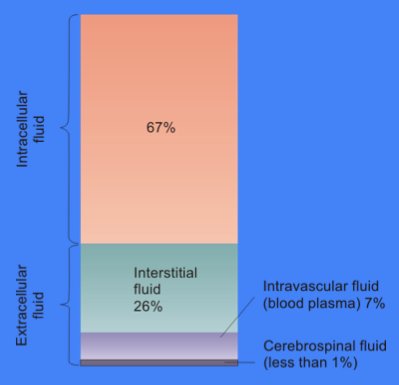
Within such irregular interstitium, immune system displays defective surveillance functionalities against malignant cells. In this study, we provide some overview and insights on TME and important strategies used to control the impacts of such pathophysiologic barriers.Methods: We reviewed all relevant literature for the impacts of tumor interstitium and microvasculature within the TME as well as the significance of the implemented strategies.Results: While tumorigenesis initiation seems to be in close relation with an emergence of hypoxia and alterations in epigenetic/genetic materials, large panoplies of molecular events emerge as intricate networks during oncogenesis to form unique lenient TME in favor of tumor progression. In fact, irregular microvasculature and aberrant interstitium of solid tumors impose significant pathophysiologic barrier functions against cancer treatment modalities, hence novel strategies should holistically target bioelements of tumor microenvironment (TME). This page uses Creative Commons Licensed content from Wikipedia ( view authors).Introduction: The genesis of cancer appears to be a complex matter, which is not simply based upon few genetic abnormalities/alteration. Dictionary at eMedicine Interstitial+fluid.Papers Additional material Books Papers External links Essentials of Human Anatomy & Physiology, Seventh Edition, San Francisco: Benjamin Cummings. References & Bibliography Key texts Books This provides a means of delivering materials to the cells, intercellular communication, as well as removal of metabolic waste.

Interstitial fluid bathes the cells of the tissues. Tissue fluid also contains some types of white blood cell, which help combat infection. The resulting mixture that does pass through is essentially blood plasma without the plasma proteins. Red blood cells, platelets and plasma proteins cannot pass through the walls of the capillaries. Not all of the contents of the blood passes into the tissue, which means that tissue fluid and blood are not the same. This means that tissue fluid has a different composition in different tissues and in different areas of the body. The composition of tissue fluid depends upon the exchanges between the cells in the tissue and the blood. Interstitial fluid consists of a water solvent containing amino acids, sugars, fatty acids, coenzymes, hormones, neurotransmitters, salts, as well as waste products from the cells. The position of swelling is due to the effects of gravity. This causes swelling, and can often be seen around the feet and ankles.

Sometimes the removal of tissue fluid does not function correctly, and there is a buildup. Tissue fluid can pass into the surrounding lymph vessels, and eventually ends up rejoining the blood. To prevent a buildup of tissue fluid surrounding the cells in the tissue, the lymphatic system plays a part in the transport of tissue fluid. This difference is created by the direction of the flow of blood, and the imbalance in solutes created by the net movement of water favoring the tissue fluid. At the venous end, the water potential is greater, so the net movement favours substances being passed back into the capillary. At the arterial end of the vessel, the hydrostatic pressure is greater than the water potential, so the net movement (see net flux) favors water and other solutes being passed into the tissue fluid. The balance between the two forces is different at different points in the capillaries. Because the blood in the capillaries is constantly flowing, equilibrium is never reached.

The water passes from a high concentration (of water) to a low concentration in an attempt to reach an equilibrium. The water potential is created due to the inability of large solutes to pass through the capillary walls. The hydrostatic pressure is generated by the pumping force of the heart. Plasma, the major component in blood, communicates freely with interstitial fluid through pores and intercellular clefts in capillary endothelium. Plasma and interstitial fluid are very similar.


 0 kommentar(er)
0 kommentar(er)
